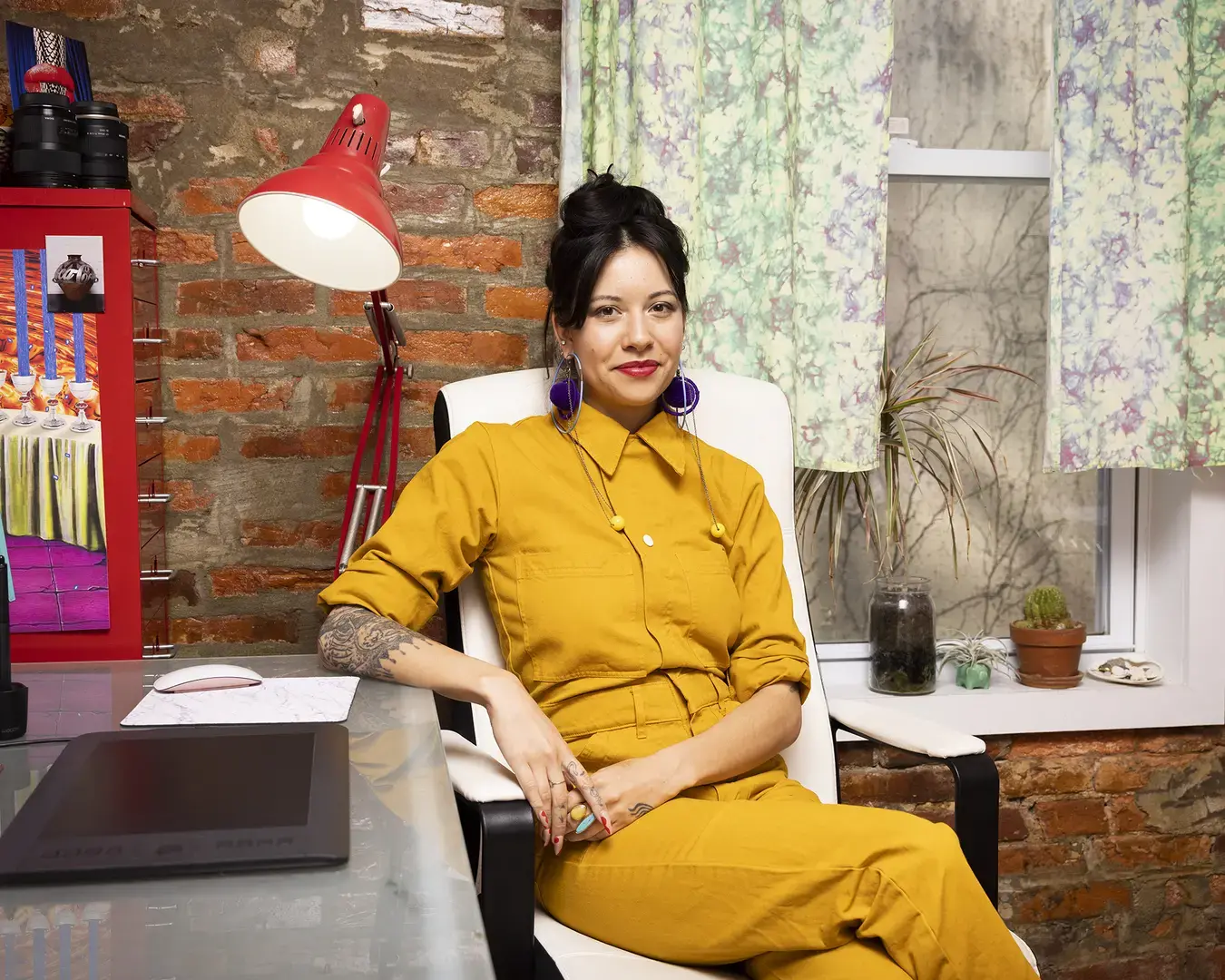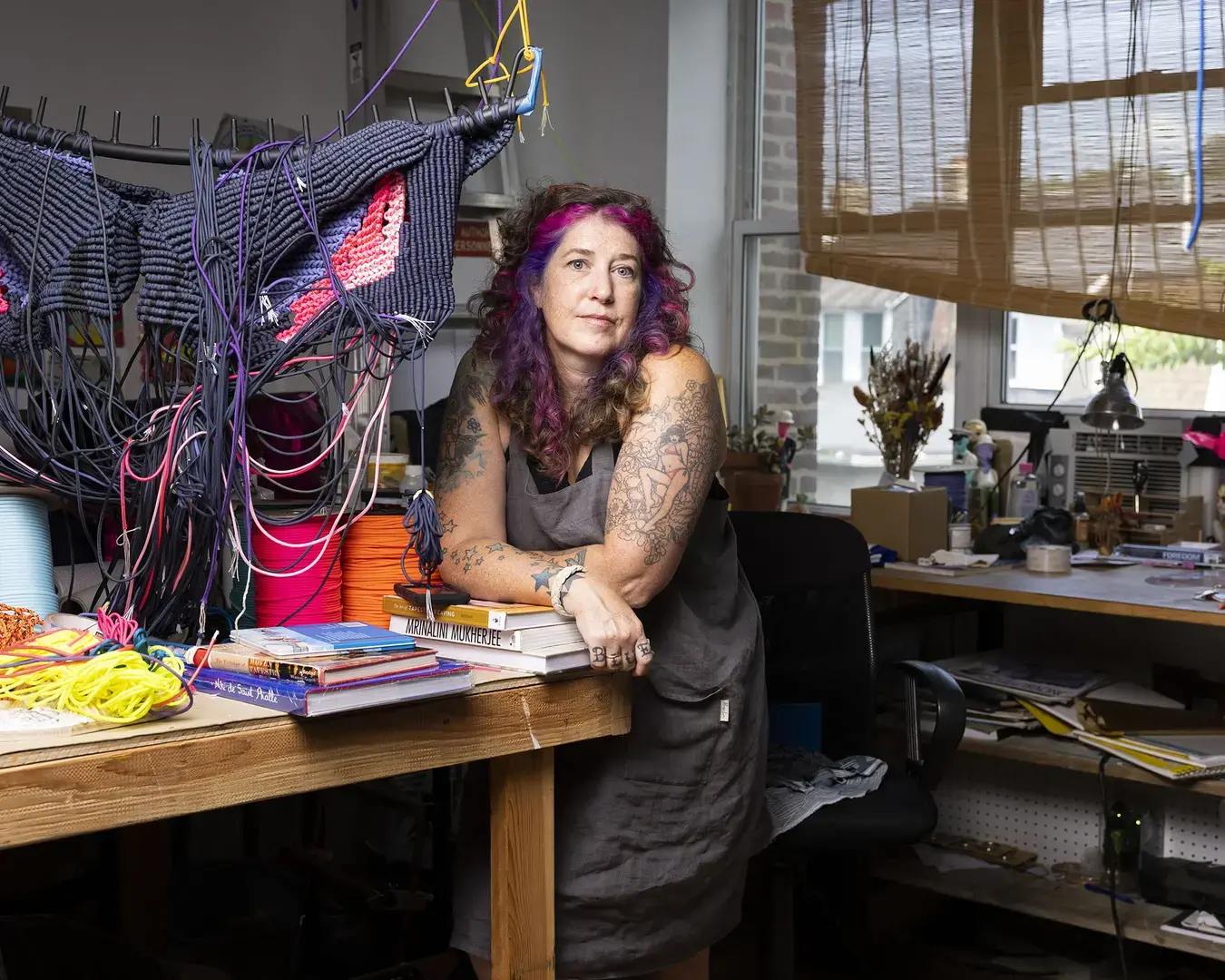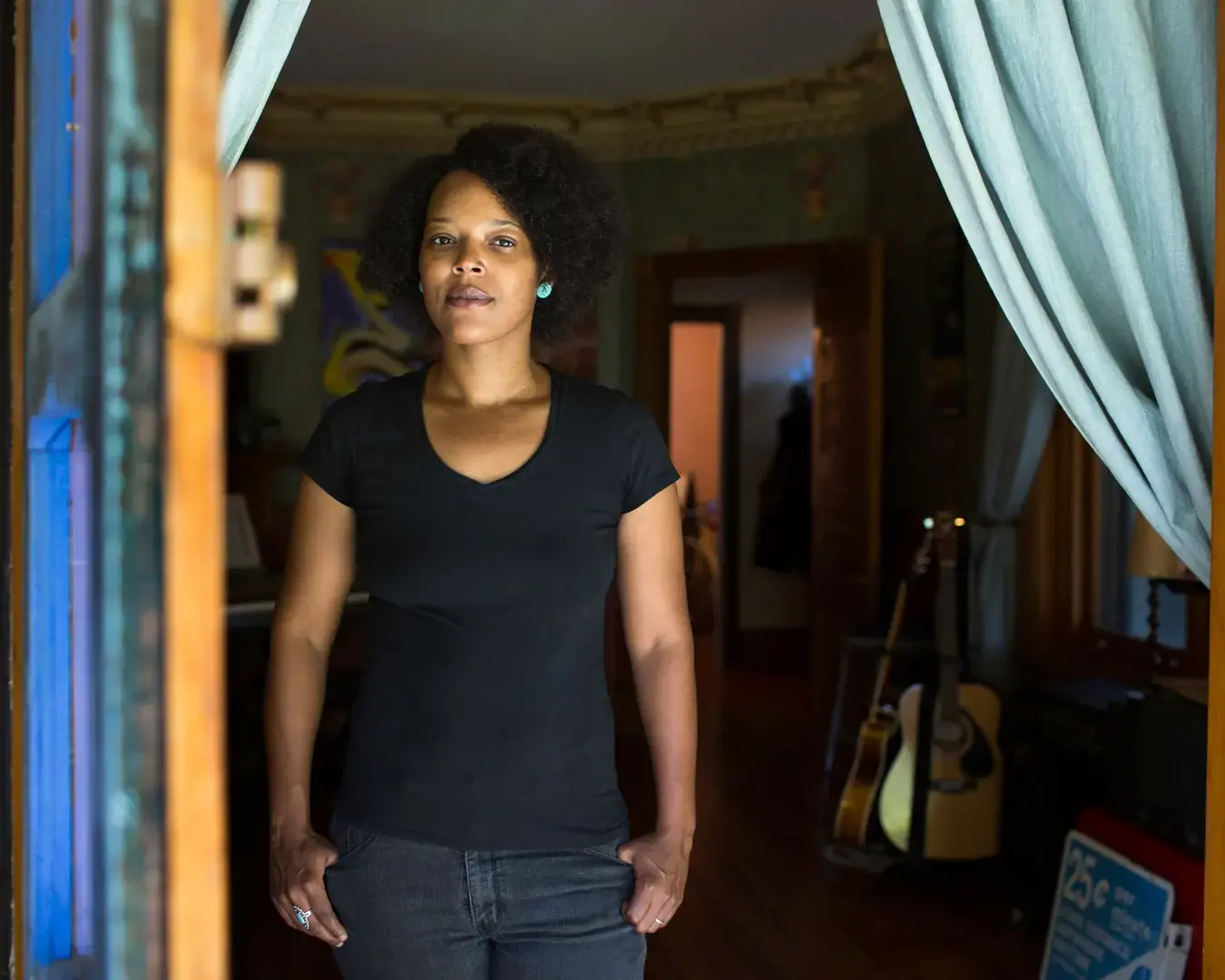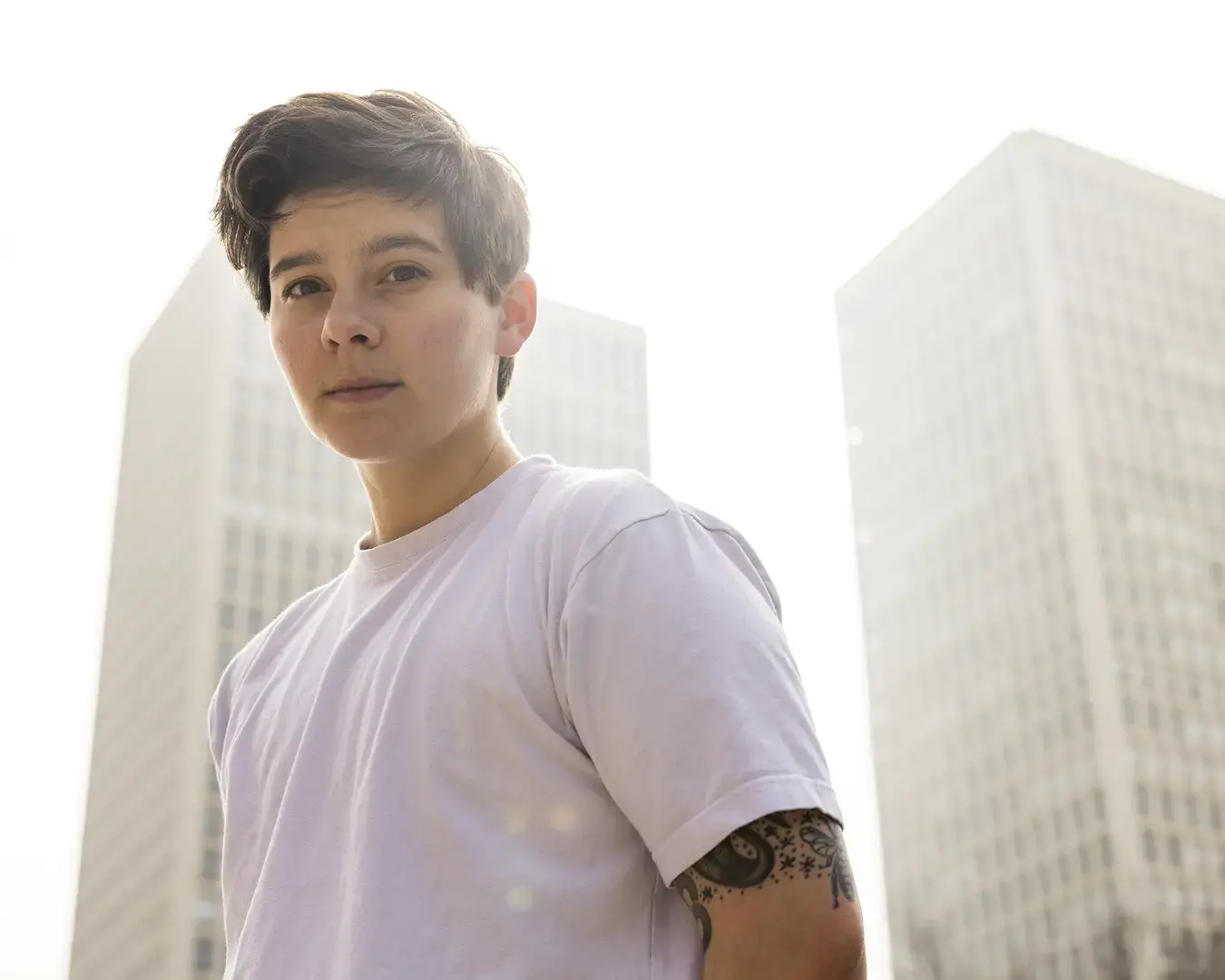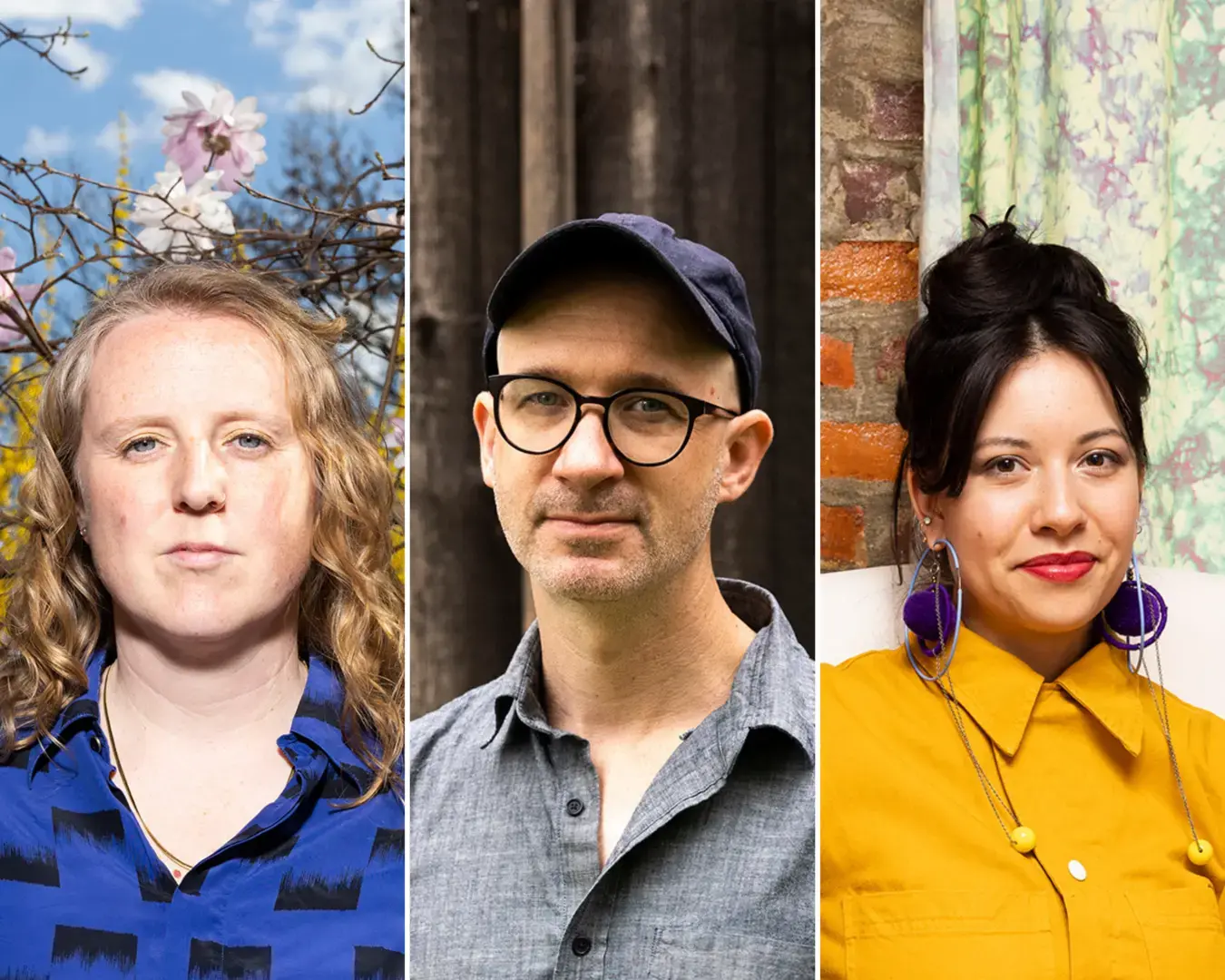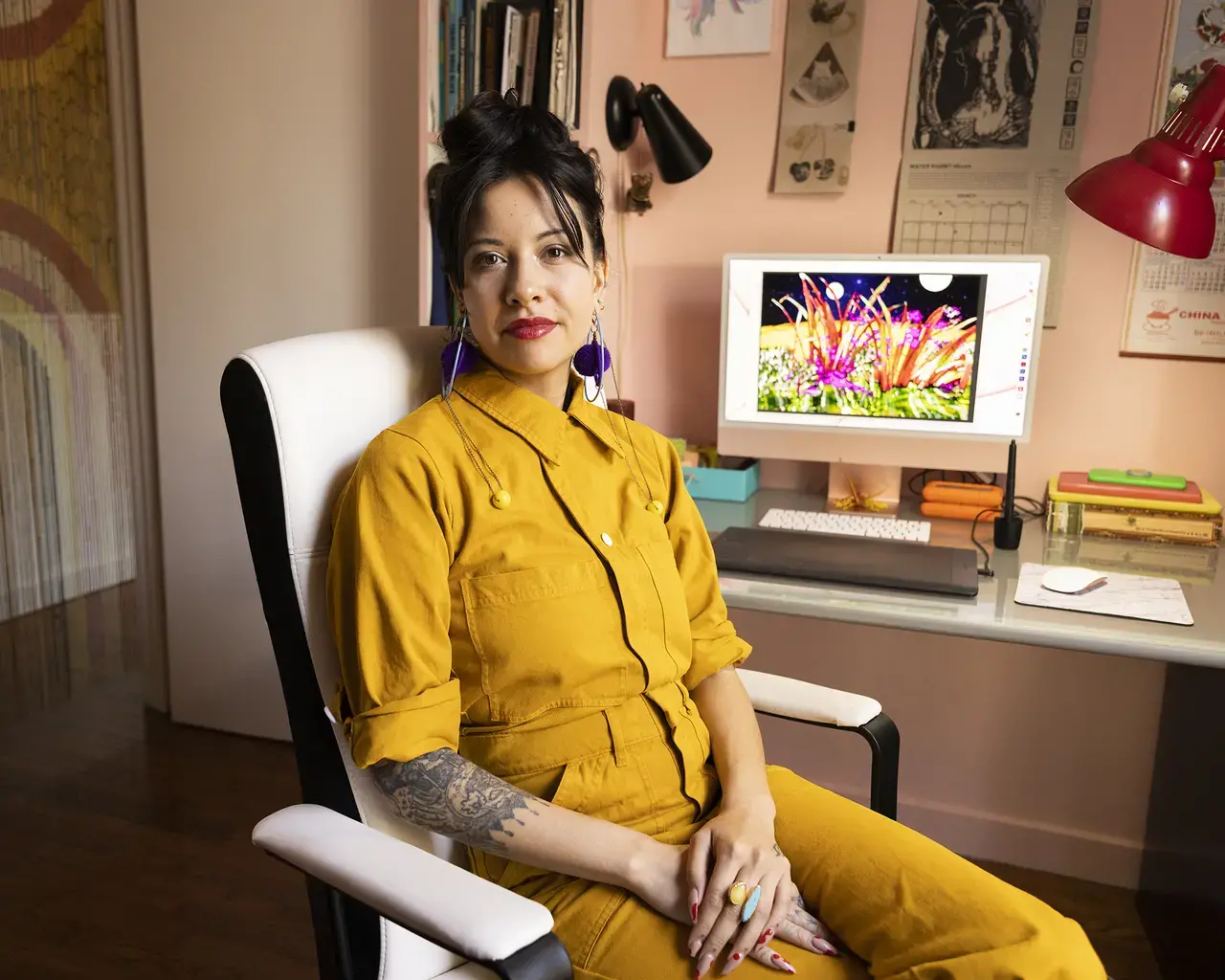
Four Pew Fellows will undertake artist residencies in 2024 with Center support. These opportunities for creative research and development give artists time, space, and inspiration to advance their practices. This year’s residencies were open to both Pew Fellows and Philadelphia’s Cultural Treasures Fellows.
Want to hear more about our Fellowships program
and what Pew Fellows are up to?
The residencies are offered through the Center’s longstanding partnership with the Artist Communities Alliance. This year, visual artist Eva Wu (2021) will visit Montalvo Arts Center in Saratoga, CA; visual artist Jesse Harrod (2020) and poet and musician Yolanda Wisher (2015) will go to Headlands Center for the Arts in Sausalito, CA, with Wisher’s residency connected to her 2022 Philadelphia’s Cultural Treasures fellowship; and poet Kayleb Rae Candrilli (2021) will head to Art Omi in Ghent, NY.
Since 2011, the Center has offered Fellows opportunities in residency programs open to artists of all disciplines, as the Pew Fellowships program is not limited to any particular set of disciplines, either. The Center also provides stipends during the residencies to help the artists defray the cost of disruptions to their usual work-life schedules while they’re away, making the program accessible to more artists.
“It’s about extending the impact of the Fellowships program,” Melissa Franklin, director of the Pew Fellowships program, says. “Creativity requires time and exploration, and artists do not always have the opportunity for creative R & D. These opportunities allow Fellows to focus on their work, be in a different place, and meet new people, then bring all of that back to Philadelphia.”
“I hope to bring back a fresh sense of inspiration/excitement and burst of energy to share with my communities.” –Pew Fellow Eva Wu
At Montalvo, Eva Wu says they will “reconnect to a once beloved yet dormant practice of drawing on paper.” After a decade working primarily in digital media, they plan to create a risograph comic book/zine as a creative memoir of their 20s, refreshing their skills in the weeks leading up to the residency and then spending their time there “inking, painting, collaging, and organizing ideas…to tell my story in ever more explicit, insightful, and vulnerable ways.”
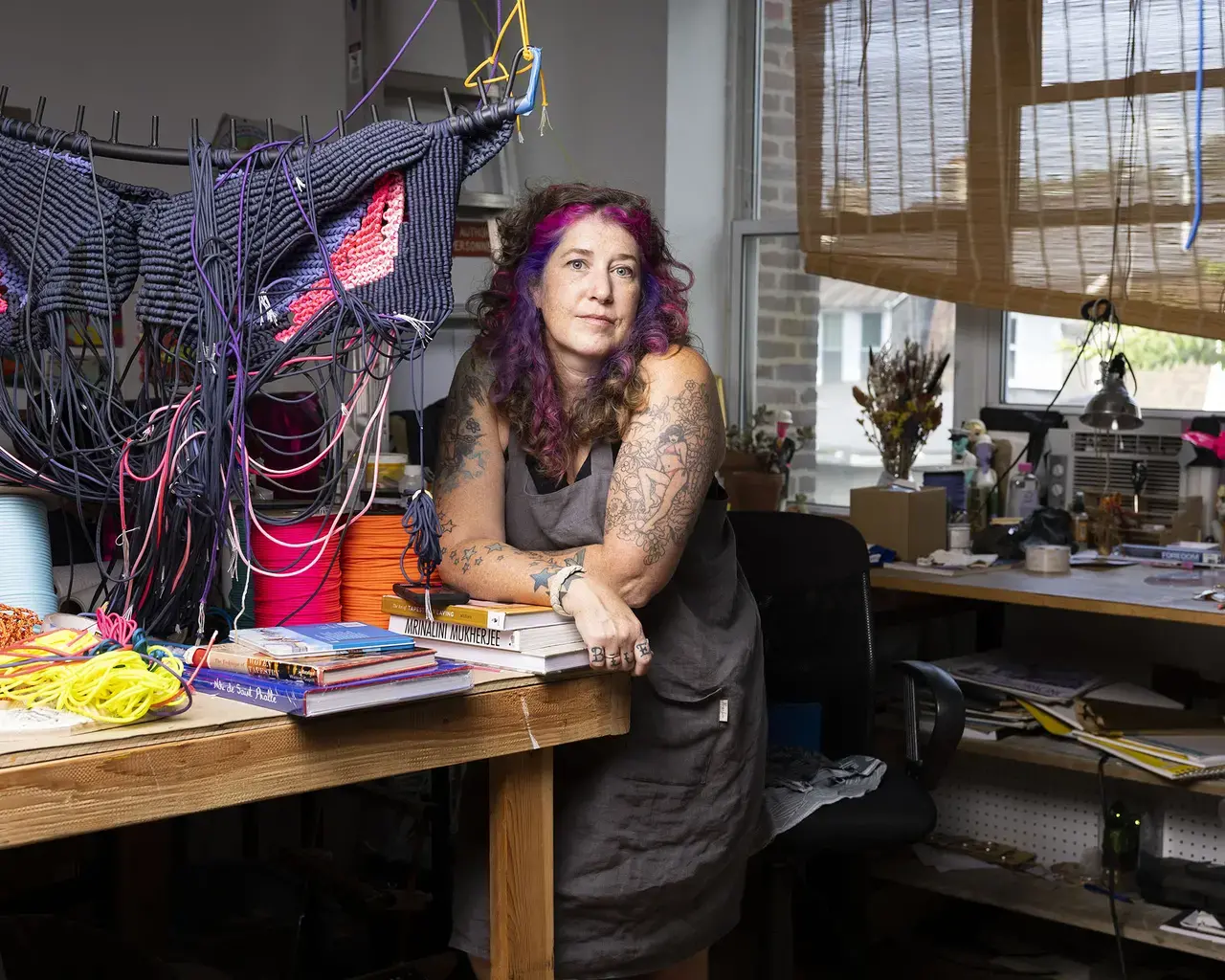
At Headlands, visual artist Jesse Harrod will work on large-scale knotted works and drawings tailored for stop motion animation. “Concurrently pursuing these projects offers a symbiotic relationship, where each informs and enriches the other,” Harrod explains. “The proximity to San Francisco presents an invaluable opportunity to explore queer archives and sites integral to my work. My aspiration is to return with fresh work, enriched perspectives, and invaluable experiences that will undoubtedly shape the trajectory of my artistic practice.”
“I’m excited to spend the month of my residency creating a daily ritual around the typewriter and embracing the perfection of imperfection... I hope to return with renewed energy and inspiration around the dream of creating residencies/retreats for Black women writers.” –Pew Fellow and Philadelphia’s Cultural Treasures Fellow Yolanda Wisher
In her time at Headlands, Yolanda Wisher will develop Room for Error, a series of poems composed on typewriters, while listening to free jazz. “Typing to the music, I do the opposite of what I was taught in eighth grade typing class: I don’t go back to correct ‘mistakes’ or stop to bemoan the misstep of my fingers or the Freudian slips between my brain and digits,” Wisher says. “By the song’s end, I have a poetic mirror of my consciousness trying to make sound and sense. Room for Error embraces improvisation and whimsicality while interrupting notions of flawlessness. The series takes me back to what I love most about the composition of poetry: the free-write, the unexpected errors that become eloquent, the musicianship of putting fingers to keyboard, and finding a language for the heard but unspoken.”
